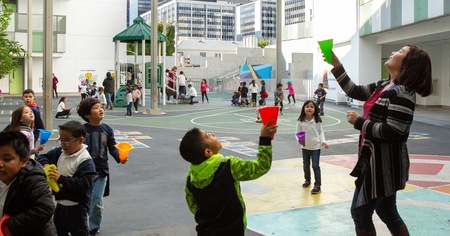Today, in the Washington, D.C., metro area where I live? Not so much. The D.C. area has the second worst traffic in the United States. Being stuck in traffic for 75 hours a year brings out some, should we say, "interesting" behaviors in people.
Some of my (not-so) favorites are when drivers:
- Honk and speed up in response to someone trying to merge or pull out of a parking lot.
- Honk from two cars back as soon as the traffic light turns green—even when they can't see what the first driver sees: a pedestrian in the crosswalk, stalled vehicle or downed tree blocking the way.
- Honk. Ride the bumper of the car in front of them. Lose patience. Speed around the car. Gesture rudely at the other driver while passing. End up stopped at the same red light together two blocks later.
Does being strapped inside a large metal box make people lose their sense of reality and lead them to create unsafe situations (while wearing a safety belt, ironically)?
Are we each so busy that compassion and empathy are lost?
At best, these behaviors can be annoying and frustrating; at their worst, they are extremely unsafe. As leaders and professionals, we cannot let these behaviors bleed over and negatively impact our work. In fact, let's make it positive and think together about what lessons we can learn—and how we can use those lessons to create the safety in our communities that everyone deserves.
First lesson? Lay off the horn. Then:
- Slow down. Lend a hand. Help another human.
- Allow for mistakes—yours and others.
- Be careful of assuming everyone has the same view. Consider the perspective of others. When in doubt, give the benefit of the doubt, and ask questions of yourself or others to learn more.
- Faster is not always better.
- There can be more than one right way. Sometimes it's the result that matters most.
And yes: Stop, look both ways and proceed with caution.
What are your (not so) favorite driver behaviors, and what lessons could we learn from them?
In full disclosure, I have a five-second commute from the coffee pot in the kitchen to the condo's second bedroom that serves as my office. These lessons are crafted during my morning walks, where I am an impartial observer of driving behaviors.
Contributed by Heid Ham, NAA's VP of Programs and Strategy. Connect with Heidi via e-mail at heidi@naaweb.org or on Twitter @ham_heidi.




